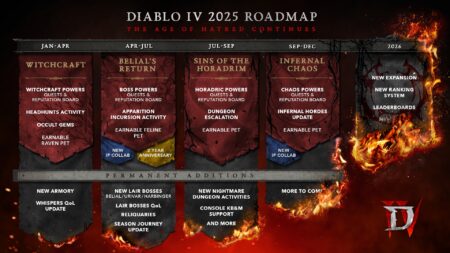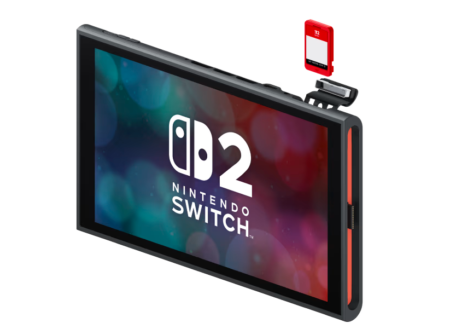Nintendo might take an unexpected step with the new Switch 2 console. It keeps the original Switch’s main design but adds some useful upgrades. What’s surprising is that new tariff rules could force Nintendo to sell each unit at a loss in the US.
The Switch 2 builds on its predecessor’s foundation with several enhancements. The detachable controllers now double as mice (which can be used on your pants), the screen size has increased, the hardware packs more processing power, and there’s a new built-in microphone for voice chat. These improvements maintain the Switch’s unique identity while offering meaningful upgrades.
Trump’s Tariff Impact on Gaming Console Production
President Trump recently paused the most severe tariffs he announced last week for most countries. However, he still increased tariffs on Chinese imports to 125 percent on Wednesday, while imports from other countries face a minimum 10 percent levy.
According to Bloomberg, Nintendo is working to manufacture as many Switch 2 units as possible in Vietnam (about one-third of production) during the 90-day freeze on higher tariffs to ship them to the US. This strategy makes sense since the American market represents approximately one-third of Nintendo’s sales.
Nintendo May Absorb Tariff Costs
Even with the 10 percent tariff, Nintendo may choose to absorb this cost rather than passing it to consumers. Hideki Yasuda from Toyo Securities believes the Switch 2’s materials cost around $400, meaning Nintendo would sell consoles at a loss in the US with the tariff, but one they could manage. This puts Nintendo in a better position than Sony, which produces most PlayStation units in China and might need to increase PS5 prices in the US soon.
The materials cost also means Nintendo will take a hit on Japan-exclusive versions of the console, which will sell for under $350 in their home market.
Another analyst, Robin Zhu of Bernstein, suggests Nintendo will maintain the $450 price point if Vietnamese import tariffs stay at 10 percent. However, if those tariffs rise to 46 percent, he expects the Switch 2 price to increase by $50 to $100.
Historically, Nintendo hasn’t sold consoles at a loss, unlike Sony and Microsoft who often use this strategy to build their user base before profiting from software sales. With gaming still being Nintendo’s primary revenue source despite diversification into movies and theme parks, selling the $450 Switch 2 at a loss represents a significant shift in strategy, even if driven by tariff pressures.
Nintendo revealed the Switch 2 just before Trump announced the higher import tariffs, which led them to delay pre-orders in the US and later Canada. With tariffs temporarily on hold, Nintendo likely wants to begin taking pre-orders soon to better understand North American demand and adjust manufacturing plans accordingly.





